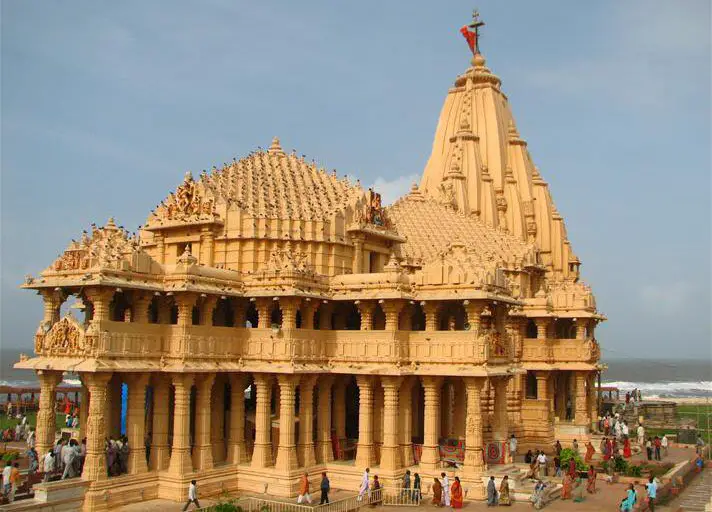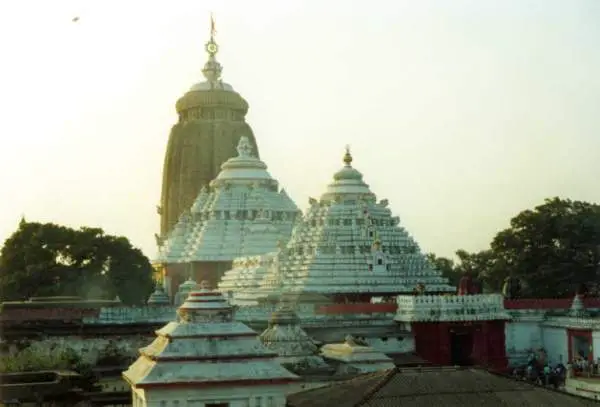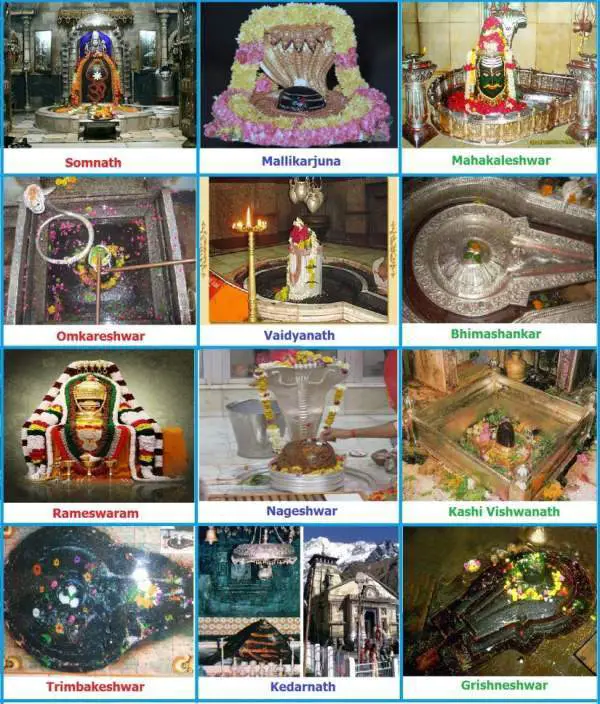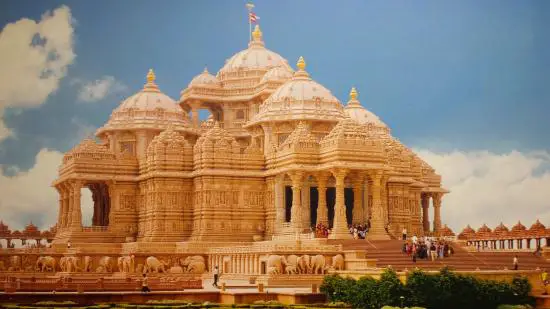The Somnath Temple (Veraval in Gujarat, India) holds the reputation of being one of the most sacred pilgrimage sites for the Hindus. It is one of the twelve Jyotirlinga shrines dedicated to Lord Shiva. In this post, you will come to know about Somnath Temple History.
Several Muslim invaders repeatedly destroyed the Somnath Temple. As a result, it is still unclear about the first version of Somnath Temple; however, it is estimated that the first Somnath Temple was built between the early centuries of the 1st-millennium to about the 9th-century CE.
It should be noted that the temple history remains controversial. The Somnath Temple was extensively studied by colonial-era historians and archeologists (19th and early 20th-century).
The present structure was built after India got independence. Vallabhbhai Patel (the First Home Minister of India) ordered the reconstruction of Somnath Temple, which was completed in May 1951 after his death.
The Somnath Temple is situated along the coastline near Veraval in the Saurashtra region of Gujarat. This place is nearly 400 kilometers southwest of Ahmadabad.
The region was a major harbor for seafaring people in ancient India. Archeological evidence suggests that the site (Prabhas Patan) was occupied during the Indus Valley Civilization (2000-1200 BCE).
The Somnath Temple is a Jyotirlinga Site for the Hindus. The meaning of Somnath is “Lord of the Soma” or “Moon.” It is one of the most sacred Shiva pilgrimage sites and is mentioned in the Shiva Purana.
Moreover, many literary texts suggest that the Somnath Temple was the most revered Jyotirlinga Tirtha for the Hindus.
According to Hindu mythology, the Moon God (Soma or Chandra Deva) regained his brilliance after bathing in the mythical Saraswati River. The word Somnath arises from this tradition.
The Hindus describe the region as a sacred site where Arjuna and Balaram go on Tirtha. It is also the place where Lord Krishna chooses to go to spend his final days on earth and then dies. The famous Indian poet Kalidasa mentions Somnath-Prabhasa as one of the most revered Shiva pilgrimage sites of his times.
Somnath Temple is where Lord Shiva appeared as a fiery column of light.
It is believed that the Moon God first built the temple of gold; it was rebuilt by Ravana in silver, by Krishna in wood, and then by Bhimdeva in wood.
The present structure is built following traditional designs on the original coastal site. The temple is painted with creamy color and has a fine structure.
The Shiva Lingam at the heart of the temple is large and black and is regarded as one of the twelve most sacred Shiva shrines.
The site is open throughout the year; however, the best time to visit the temple is in the cooler months, from October to March. Kartik Purnima is celebrated with immense enthusiasm here.
History of Somnath Temple
The Somnath Temple is related to Lord Shiva and the Moon God. According to popular Hindu legend, Chandra Deva (Moon God) got cursed by his father-in-law, Daksha Prajapati, when he married the twenty-seven daughters. Chandra favored Rohini and was impartial in his affections.
Daksha cursed that Chandra would lose his “Kala” (brilliance) every day and decrease in size, and finally will become invisible.
Chandra prayed to Lord Brahma, who told him to worship Lord Shiva, who could get his way out of the curse. So, Chandra meditated on Lord Shiva, who was immensely happy with his penance and gave him the boon that he would grow back to his size.
The place where Chandra worshipped Lord Shiva came known as Somnath, which means the “Lord of Moon.” It is believed that the Moon is the brightest in Somnath.
The Somnath Temple was looted and destroyed several times by Muslim invaders and rulers, notably by:
- Mahmud of Ghazni (1024)
- Afzal Khan – Commander-in-Chief of Ala-ud-din Khilji (1296)
- Muzaffar Shah (1375)
- Mahmud Begada (1451)
- Aurangzeb (1665)
The temple has been reconstructed about 17 times!
The Government of India constructed the present structure under the able leadership of Sardar Vallabhbhai Patel between 1947 and 1951 in sandstone.
Some Interesting Facts attached to Somnath Temple
- The present structure of Somnath Temple was built in five years, from 1947 to 1951. Dr. Rajendra Prasad inaugurated it.
- The Somnath Temple is believed to hold the Syamantak Mani within the hollowness of Shiva Lingam. This stone is said to be magical and is capable of producing gold.
- The Somnath Temple is mentioned in many sacred Hindu texts like Shiv Mahapuran, Shrimad Bhagavad, Skandpuran, and Rig Veda.
- The site of Somnath Temple was the junction of three rivers – the mythical Saraswati, Kapila, and Hiran. The point at which they meet is known as Triveni Sangam. Here, the Moon God bathed and regained his luster.
- This temple is located in such a place where there is no land between Somnath Seashore till Antarctica Continent.
- According to Hindu beliefs, Somnath Temple will acquire a new name as Pran Nath Temple when Lord Brahma creates a new world.
- The walls of Somnath Temple hold the sculptures of Lord Brahma, Shiva, and Vishnu.
- The flag mast of Somnath Temple is 37 feet long and is changed three times a day.
- Keshod is the nearest airport from Somnath at a mere distance of 55 km. This airport is well connected to Mumbai. Once you land at Keshod airport, you can take any local bus or taxi to reach Somnath.
- You can witness a light show at this temple held from 7:30 pm to 8:30 pm that shows the history of Hindus.
- A large number of devotees come to this temple in the months of Kartik, Chaitra, and Bhadra.
- The city of Dwarka has located about 200 km from the Somnath Temple.
- It is the first Jyotirlinga of the 12 major Jyotirlingas of India.
- Somnath Trust maintains the temple.
Well, that’s all we have for you in this post.
Thanks for visiting and reading the post at HindUtsav. You can also find many interesting posts about Hinduism at HindUtsav.
!! Om Namah Shivay !!





